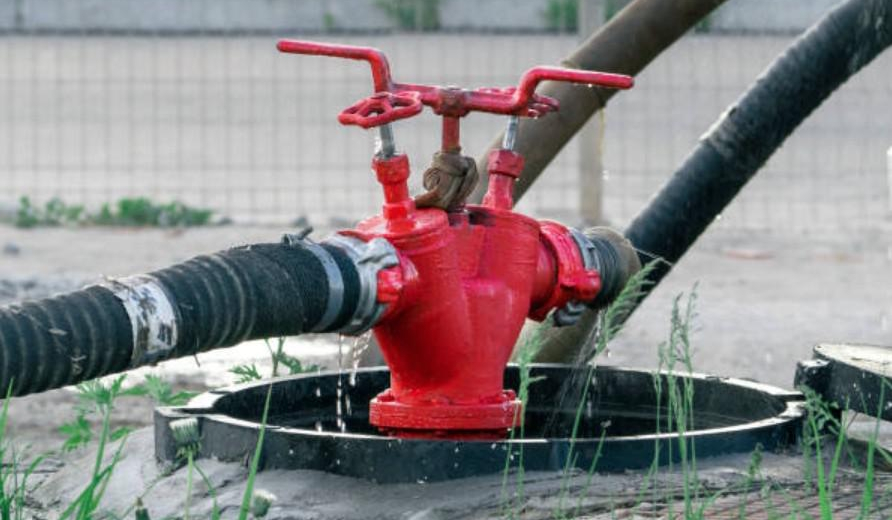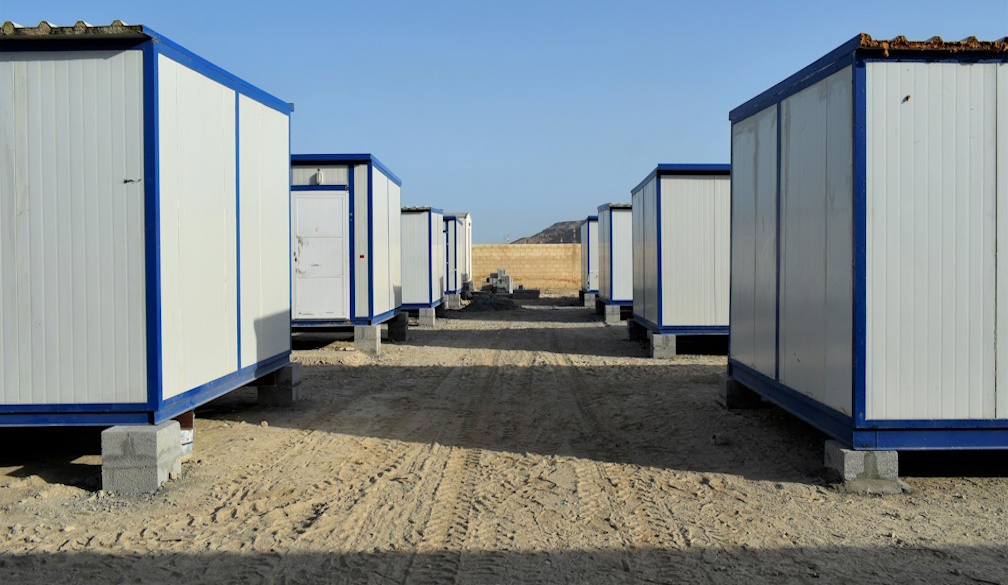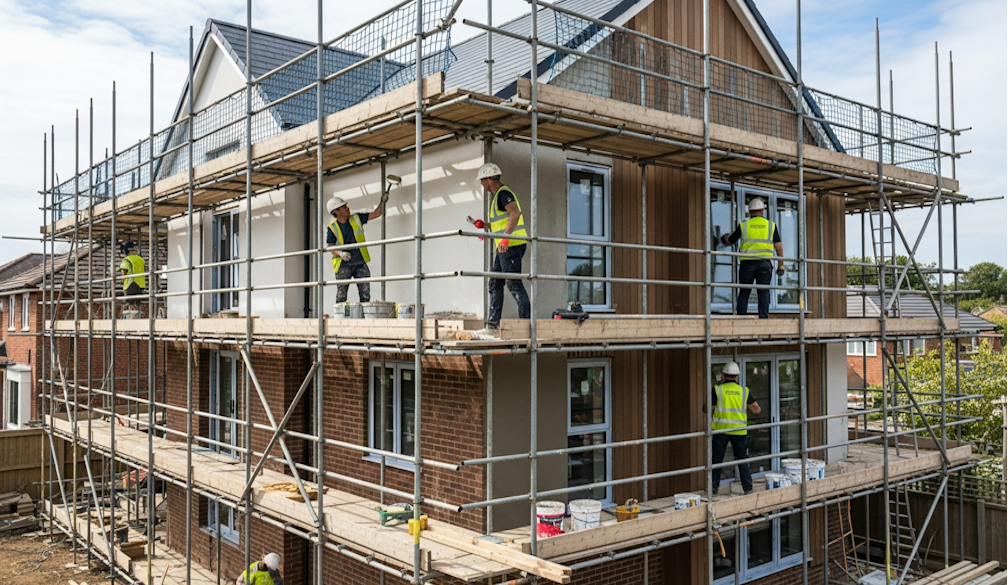Septic Tank Pump Out Cost: What to Expect in 2025

The size of the tank, the location and the rates charged by the service provider all affect how much a septic tank pump out will cost. Every three to five years homeowners usually spend $200 to $600 on a conventional septic tank pumping service. For homeowners larger tanks substantial sludge accumulation or emergency services can raise the total cost of pumping considerably. In the process technicians may find problems with the system that need to be fixed inspected or maintained further which could result in additional costs. Frequent upkeep guarantees that the septic system operates effectively without unplanned breakdowns or backups and avoids expensive repairs. Geographical location is also important because rural locations may have higher service fees because there are fewer providers available there. Finding the most economical service can be facilitated for homeowners by comparing quotations from several businesses.
Regional Variations in Septic Tank Pumping Costs
Because of labour rates, disposal fees, environmental restrictions and service provider availability septic tank pumping expenses differ by region. Prices are frequently higher in rural places since there are fewer providers there which raises travel and service costs considerably. On the other hand, septic service providers are more competitive in urban and suburban areas prices are usually lower there. States with stringent environmental laws may charge more for disposing of waste which would significantly increase the septic tank pump out cost overall. Weather has an impact on price as well because severe rain or extremely cold temperatures can make access difficult and raise service fees. More frequent pumping is needed in areas with sandy soil or high groundwater levels which raises homeowner ongoing expenses. Older septic systems may require more expensive inspections, repairs or adherence to current local regulations. High humidity and saltwater intrusion in coastal areas can hasten system breakdown thereby raising overall maintenance and pumping expenses. Because of the tough terrain which makes it more difficult for service vehicles to reach properties rates may be higher in mountainous areas. Costs are also impacted by seasonal variations in demand since higher demand during peak periods may result in unanticipated price increases for homeowners. To properly control expenses homeowners should evaluate service providers, plan routine maintenance and learn about local septic rules. Homeowners can avoid costly emergency septic system failures and create a healthy budget by being aware of these geographical pricing variations. You can learn about trustworthy reasonably priced service providers in various areas by asking your neighbours or the local health authority for advice. Over time affordable septic tank maintenance is ensured by careful planning and consideration of local factors.
Factors That Influence Septic Tank Pumping Prices
Tank size, sludge levels, location and competition among service providers are some of the variables that affect septic tank pump out cost. Compared to smaller systems with less waste accumulation larger tanks require more work and time which raises overall expenses. When too much sludge accumulates frequent pumping is required which raises the cost of septic system maintenance for homeowners. Geographical location is important since there are sometimes fewer providers in rural locations which raises travel and service expenses. Pricing is impacted by local environmental rules because septic service companies may be charged more for more stringent waste disposal guidelines.
Weather related factors can affect costs because severe weather or a lot of rain can make pumping operations very difficult. Because prompt response necessitates additional resources emergency services are more expensive than planned maintenance raising homeowner overall service costs. Accessibility problems like buried tanks or difficult terrain might need for specialised equipment which would greatly increase the overall cost of pumping. Pumping frequency is influenced by system age water consumption, and household size all of which have a significant impact on ongoing repairs costs.



















